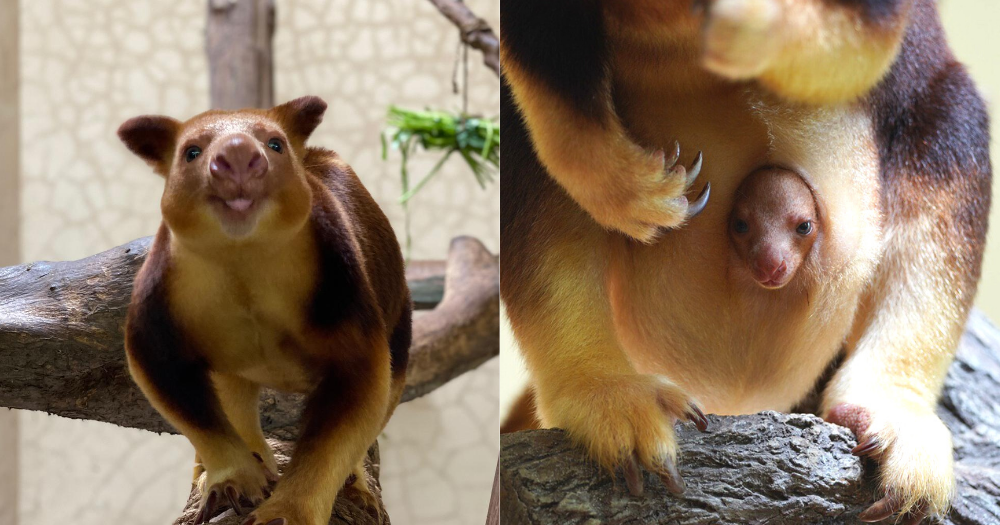2020 seems to have been some sort of baby boom for Wildlife Reserves Singapore.
Recently, the Singapore Zoo welcomed yet another addition to their marsupial family.
Taking a peek
The zoo's pair of Goodfellow's tree kangaroos, named Makaia and Nupela, became first-time parents when their joey was born on Feb. 4 earlier this year.
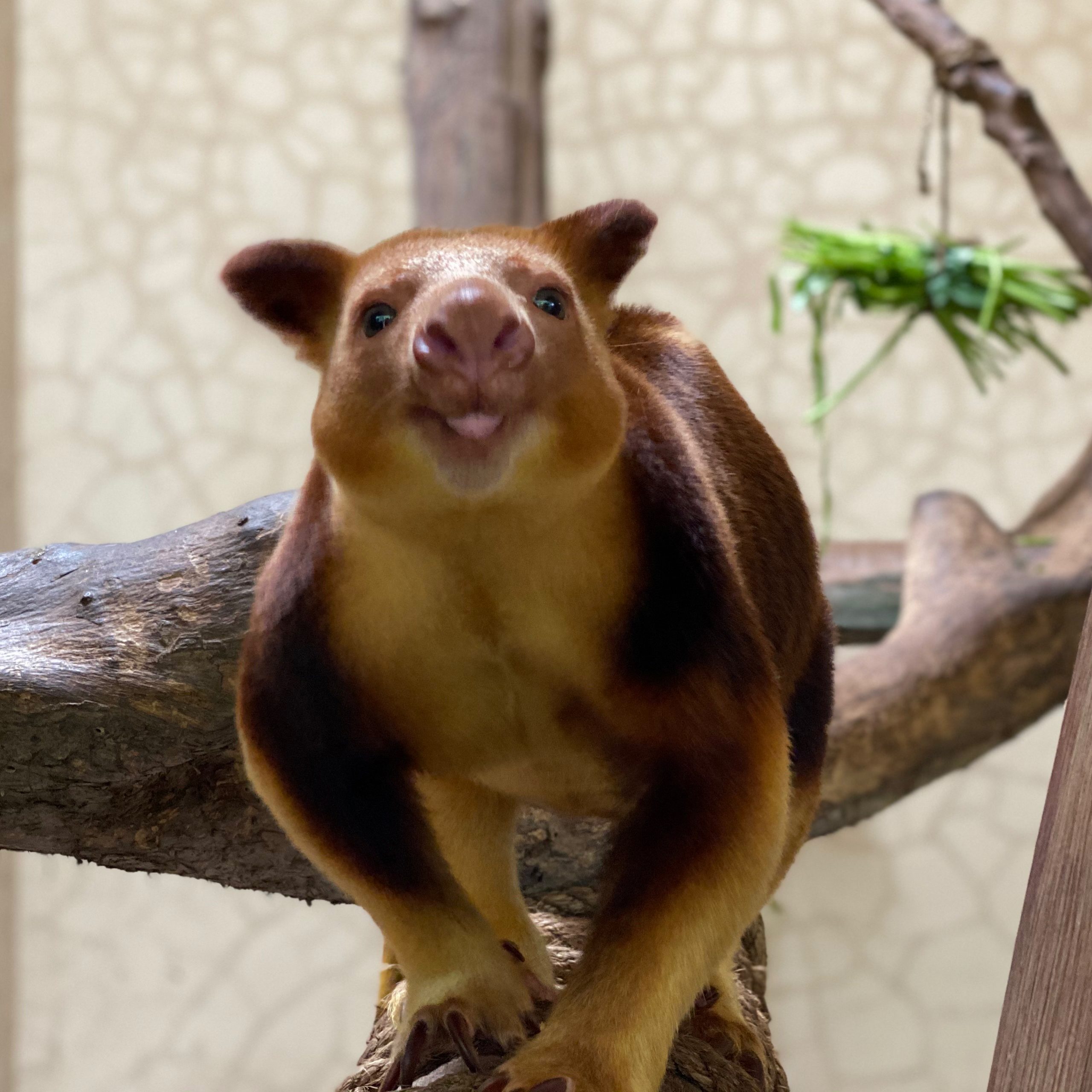 Photo from Wildlife Reserves Singapore
Photo from Wildlife Reserves Singapore
Tree kangaroos are marsupials, meaning that they carry their young in their pouch.
Joeys are born in an underdeveloped, near embryonic state. The size of a jellybean, they have to crawl from the womb into the mother's pouch where the rest of their development takes place.
Only eight months later will they emerge from the pouch for the first time and explore the world outside.
Here's what the newborn four-month-old joey previously looked like growing inside its mother's pouch during one of the zoo's daily checks.
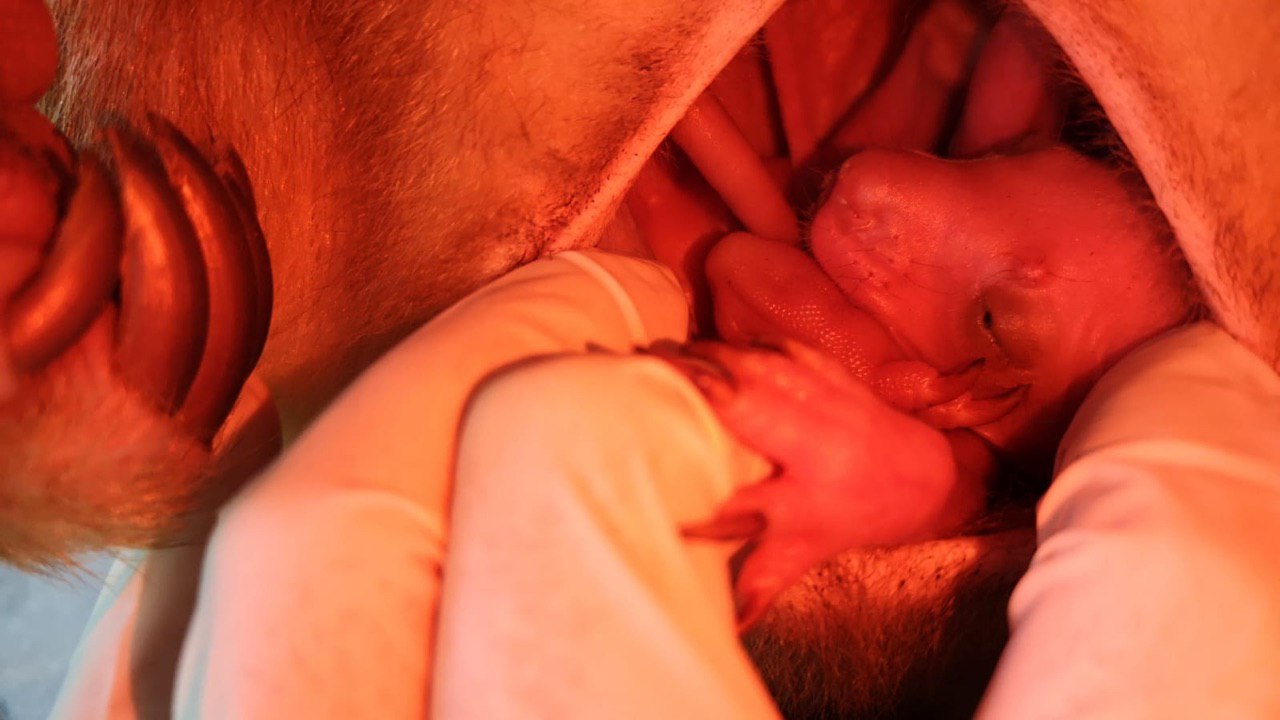 Photo from Wildlife Reserves Singapore
Photo from Wildlife Reserves Singapore
Now at five-months-old, the joey, who has yet to be named, has popped its head out of mum's pouch for a peep of its surroundings.
Look how much it's grown!
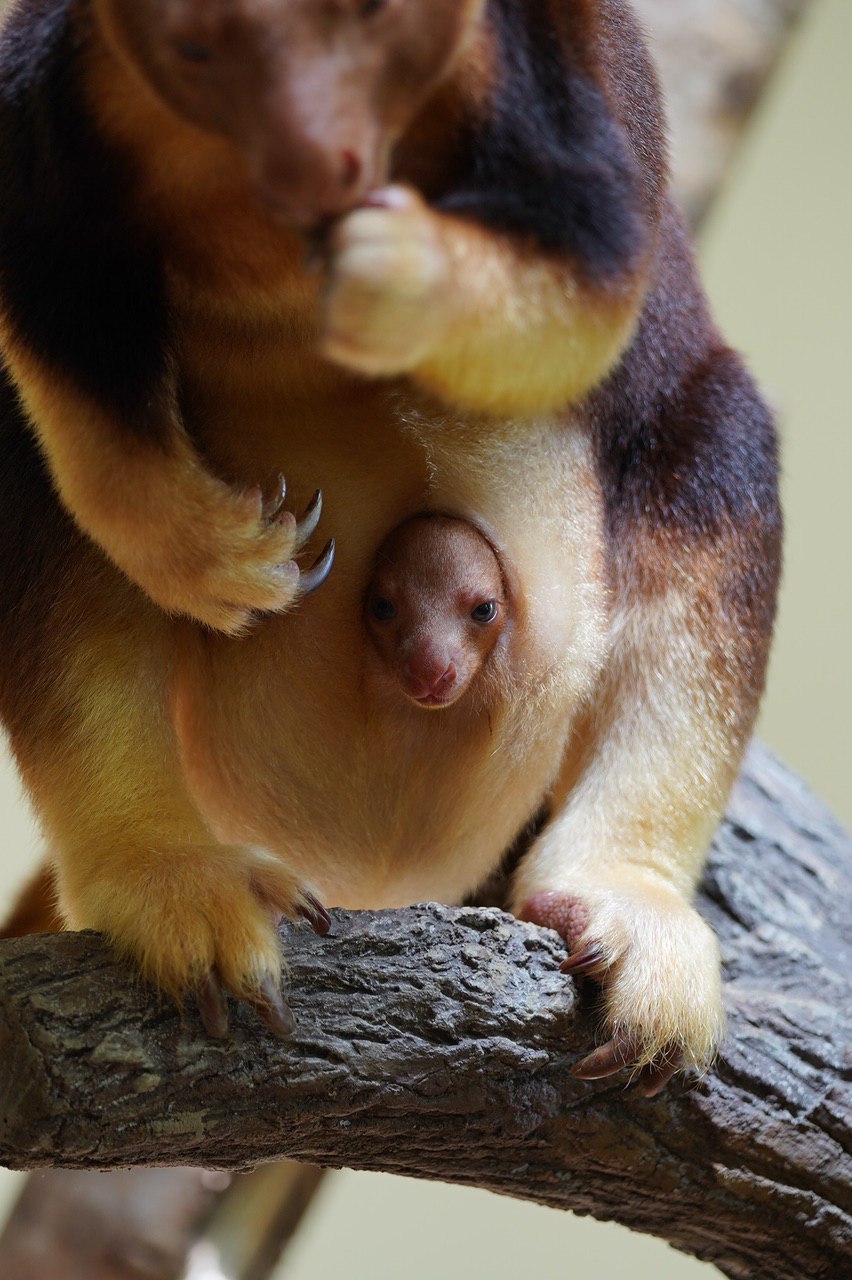 Photo by James Spencer Lum
Photo by James Spencer Lum
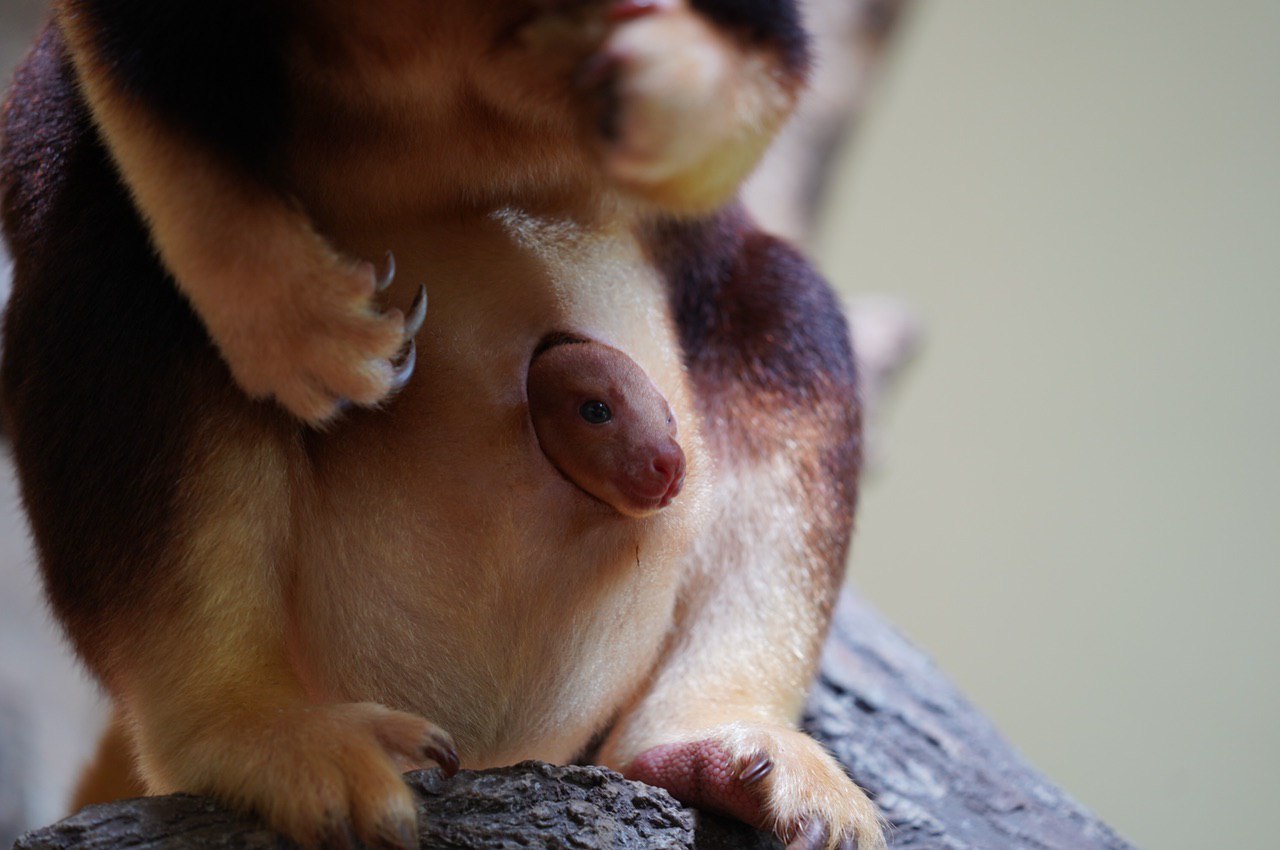 Photo by James Spencer Lum
Photo by James Spencer Lum
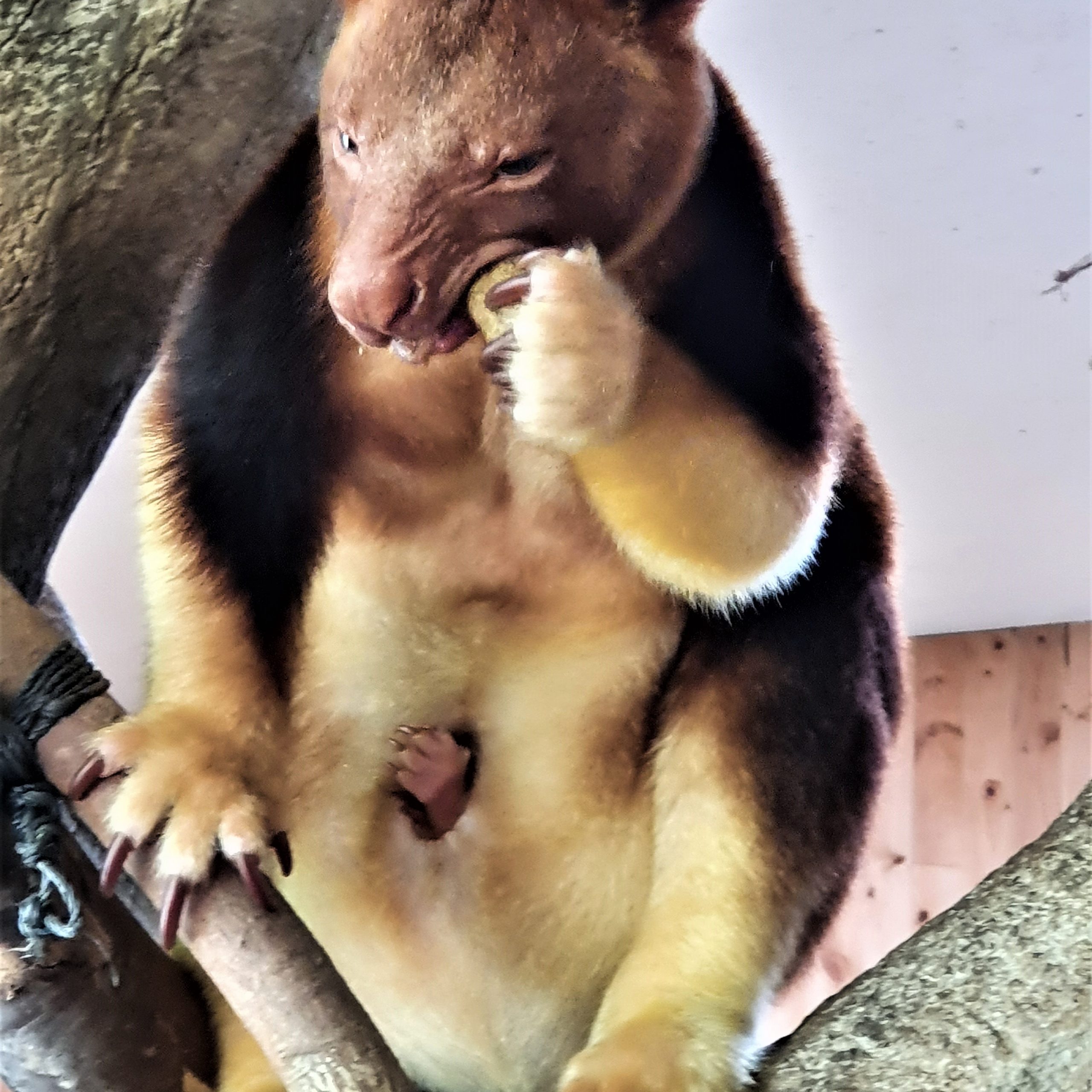 Photo from Wildlife Reserves Singapore
Photo from Wildlife Reserves Singapore
Extremely rare in captivity
Goodfellow's tree kangaroos are one of 14 species of tree kangaroos found on Papua New Guinea.
Compared to their more famous, abundant, and larger land-locked counterparts in Australia, tree kangaroos are arboreal (live in trees), thus the name.
Their long tails, sharp claws and broader feet help them grip onto branches, and they are able to leap up to 15 metres from trees to ground without injury.
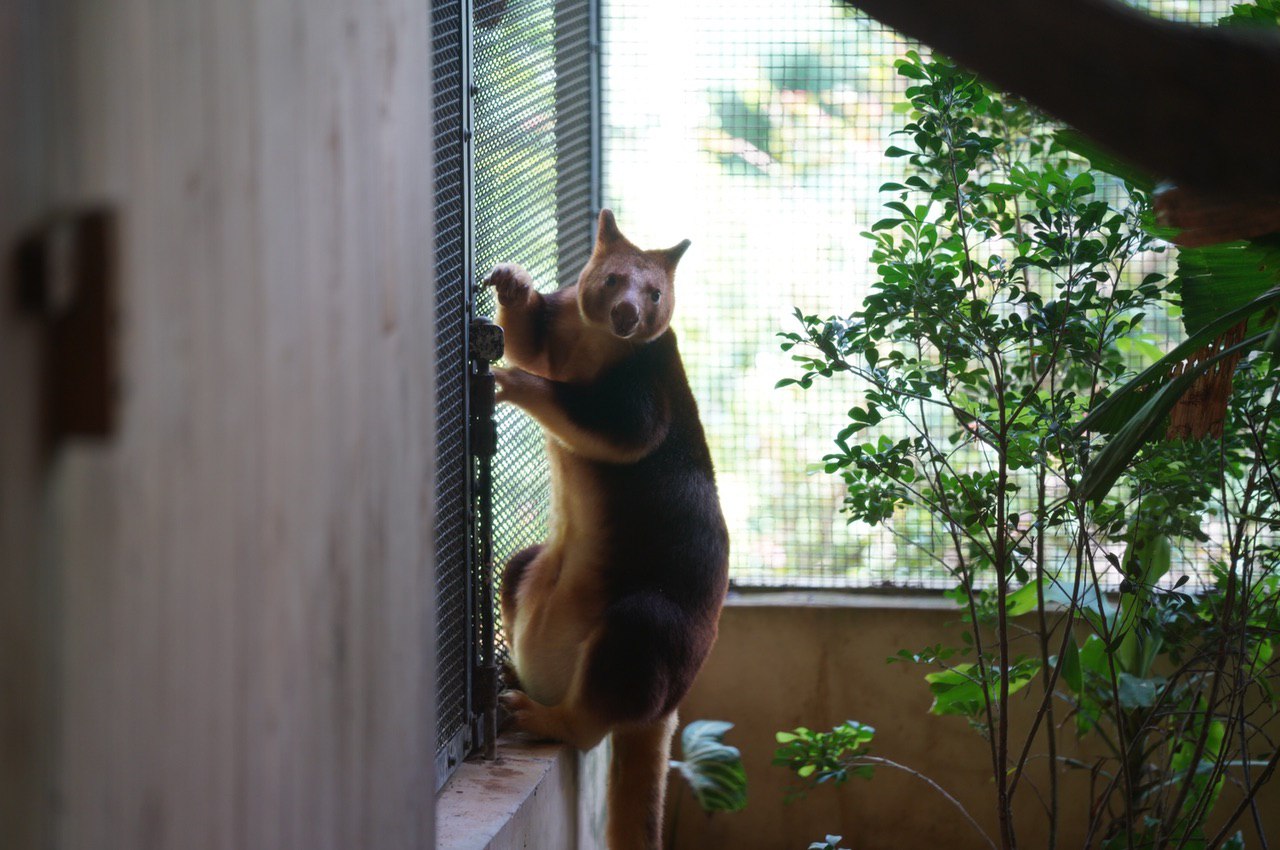 Photo by James Spencer Lum
Photo by James Spencer Lum
Goodfellow's tree kangaroo are endangered, and extremely rare in captivity.
There are only 58 individuals of this species under human care globally.
As such, both parents at the Singapore Zoo were specially paired under the Global Species Management Plan for Goodfellow’s tree kangaroos in 2016.
They originally hailed from Australia's Adelaide Zoo and Taronga Zoo in Sydney.
Such breeding programmes help in conservation efforts of threatened species.
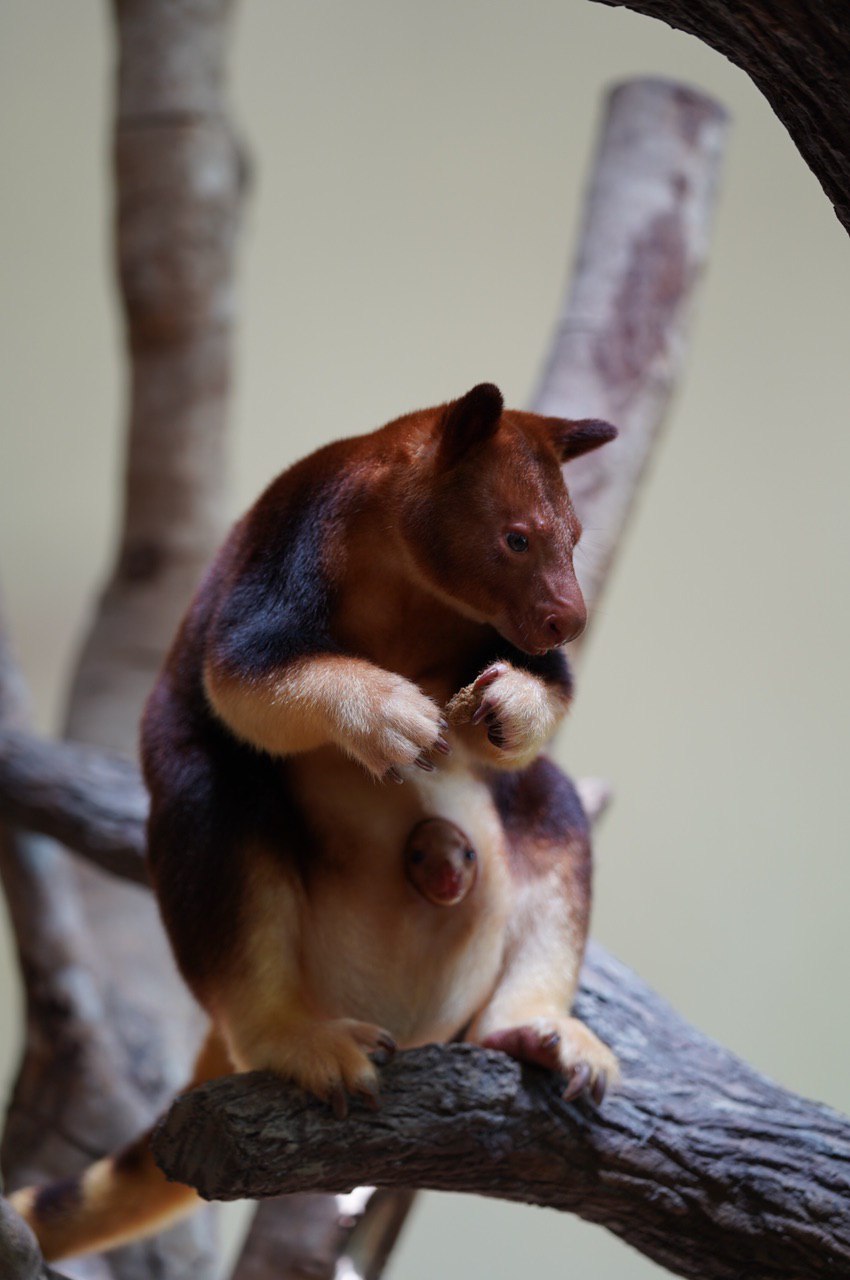 Photo by James Spencer Lum
Photo by James Spencer Lum
In the wild, Goodfellow's tree kangaroos face threats from unsustainable hunting for their meat, and deforestation.
In the last 50 years, its population has declined by around 50 per cent.
Top photo from Wildlife Reserves Singapore and James Spencer Lum
If you like what you read, follow us on Facebook, Instagram, Twitter and Telegram to get the latest updates.
